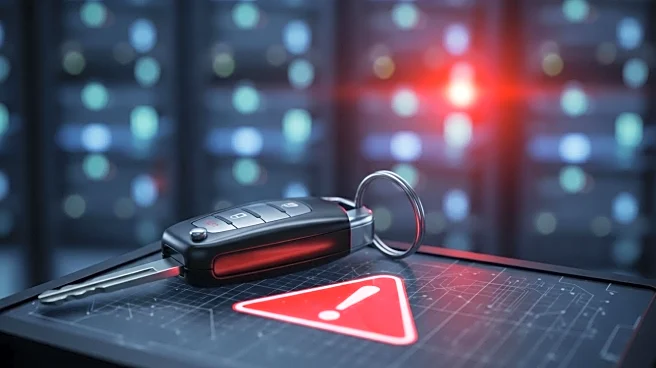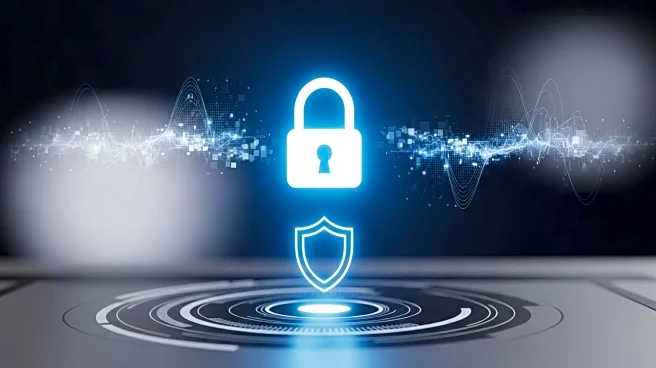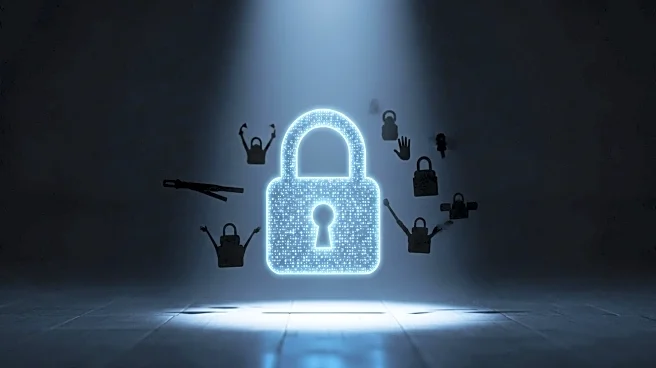What's Happening?
LastPass, a prominent password management company, has significantly upgraded its security infrastructure to adapt to the evolving cybersecurity landscape. The company, which became fully independent in 2024, has focused on integrating passkeys and biometrics as part of a passwordless authentication approach. This shift is in response to the increasing automation of brute force and phishing attacks, which have made traditional passwords less secure. Passkeys, which utilize devices like smartphones for authentication without relying on codes, offer a robust defense against common hacking techniques. Additionally, LastPass has implemented a series of security enhancements, including a Cloud Security Posture Management (CSPM) platform and enhanced endpoint security controls. The company has also increased the PBKDF2 SHA256 iteration count to 600,000, making it more difficult for hackers to crack master passwords.
Why It's Important?
The advancements by LastPass highlight a critical shift in cybersecurity practices, emphasizing the need for stronger, more sophisticated authentication methods. As cyber threats become more automated and sophisticated, the reliance on traditional passwords is increasingly seen as inadequate. The adoption of passkeys and biometrics represents a significant step forward in protecting sensitive information from cybercriminals. This evolution is crucial for both individual users and businesses, as it enhances security measures against potential data breaches and financial losses. By setting new industry standards, LastPass is positioning itself as a leader in cybersecurity, potentially influencing other companies to adopt similar measures.
What's Next?
As LastPass continues to innovate, it is likely that other companies in the cybersecurity industry will follow suit, adopting similar passwordless technologies. The company's focus on transparency and real-time threat monitoring through its Trust Center and LastPass Labs may set a new benchmark for customer engagement and trust. Additionally, the implementation of Business Max with SaaS Monitoring and SaaS Protect could lead to broader adoption of these services across various industries, further enhancing cybersecurity measures. Stakeholders, including businesses and consumers, will need to stay informed about these developments to effectively protect their digital assets.
Beyond the Headlines
The move towards passwordless authentication raises important questions about privacy and data security. While passkeys and biometrics offer enhanced protection, they also require users to share more personal data with service providers. This shift necessitates a careful balance between security and privacy, as well as robust data protection policies to prevent misuse. Furthermore, as more companies adopt these technologies, there may be a need for new regulatory frameworks to ensure consistent standards and protect consumer rights.










